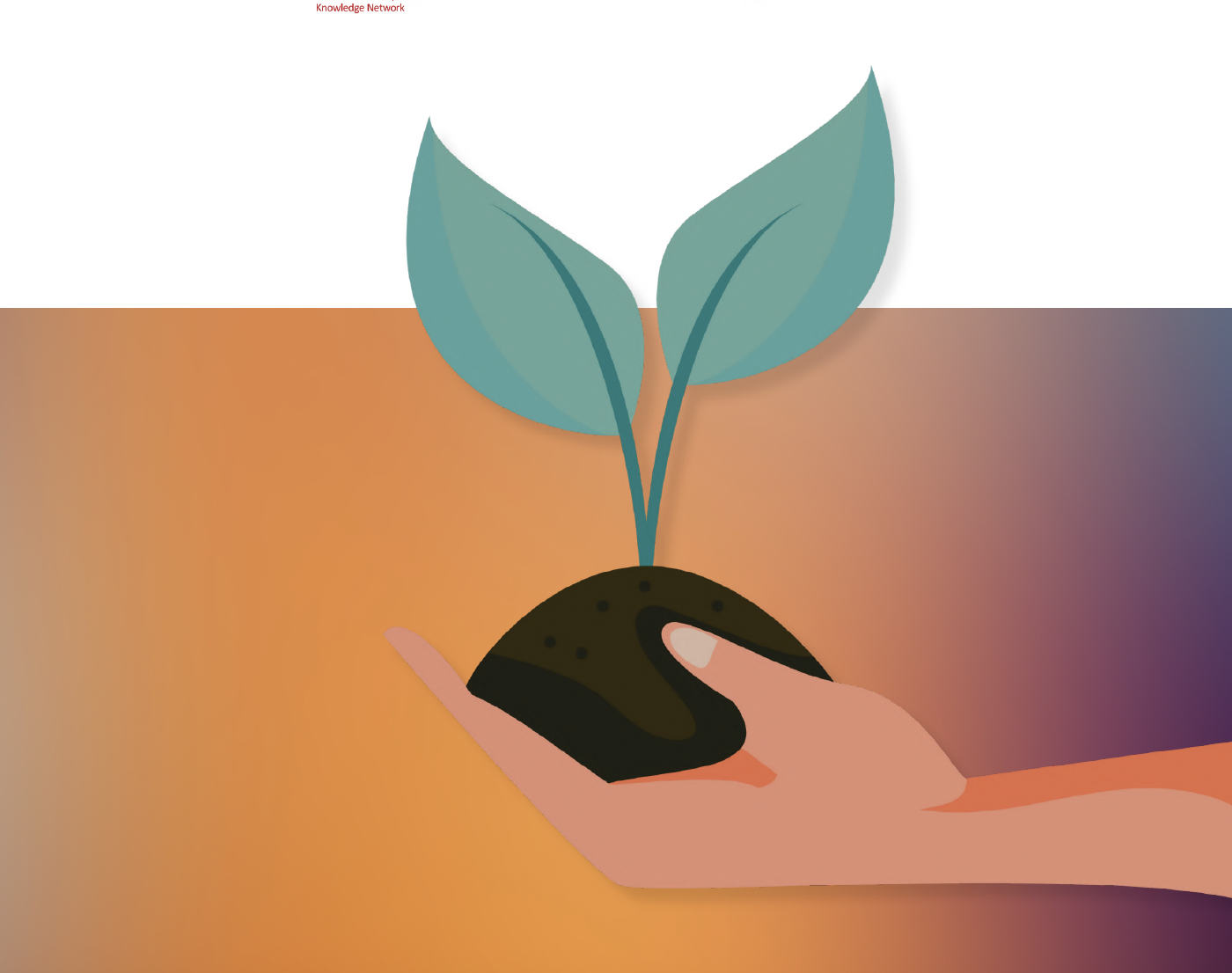1. Traditionally, techniques of plant manipulation during restoration have focused on the reduction of competition by 'problematic' existing vegetation. However, the increasing recognition of facilitation as a main process regulating the composition of communities has brought a change in the practice of restoration towards a better awareness of the benefits inherent to conserving neighbouring vegetation. 2. Here, I provide the results of a meta-analysis of published studies that have manipulated interactions among plants with the objective of restoring degraded terrestrial systems. I created four different data sets corresponding to the variables most commonly used to measure plant performance (i.e. emergence, survival, growth and density), and asked whether the benefits of facilitation as a restoration tool vary depending on the study duration, the life-form of the neighbour and target species, and the ecosystem type. 3. Neighbour effects varied strongly among performance estimators. Positive effects were frequently found for emergence and survival, whereas neutral or negative interactions predominated for growth and density. 4. No clear support existed for a relationship between study duration and neighbour effect. 5. The life-form of the interacting species, particularly of neighbours, largely influenced the interaction outcome. Herbs had strong negative effects, especially on other herb species, whereas shrubs had large facilitative effects, especially on trees. 6. Semiarid and tropical systems showed, in general, more positive neighbour effects than wetlands and particularly mesic temperate systems, where negative interactions predominated. However, these results were largely influenced by the over-representation of herb species in wetlands and temperate habitats, survival facilitation being found in all systems when only woody species were considered. 7. Synthesis. Pre-existing vegetation can have large impacts on species establishment in degraded habitats. Inhibition predominates in herbaceous communities typical of early-successional stages, whereas facilitation prevails in communities dominated by shrubs and trees. Even productive systems (e.g. mesic temperate habitats) appear suitable for the application of facilitation as a restoration tool of woody communities. Whereas restoring herbaceous communities seems largely reliable on removal techniques, augmenting populations of nurse shrubs and trees should be considered a promising strategy for restoring woody late-successional communities.
The role of plant interactions in the restoration of degraded ecosystems: A meta-analysis across life-forms and ecosystems
Year: 2009
































































































































































































































































































































































































































































































































































































































































































































































































































































































































































































































